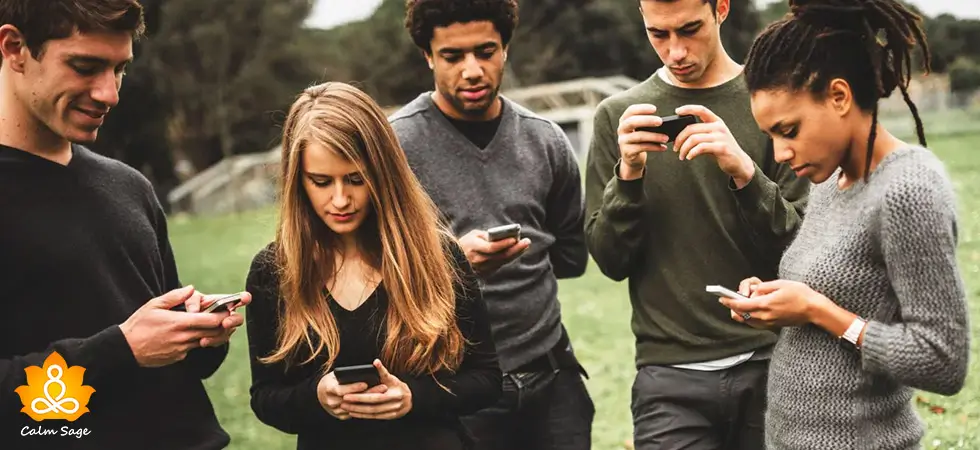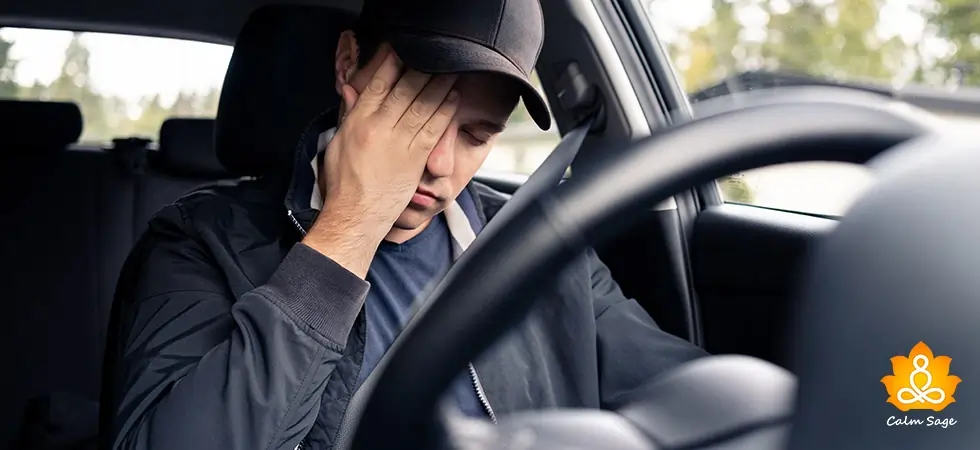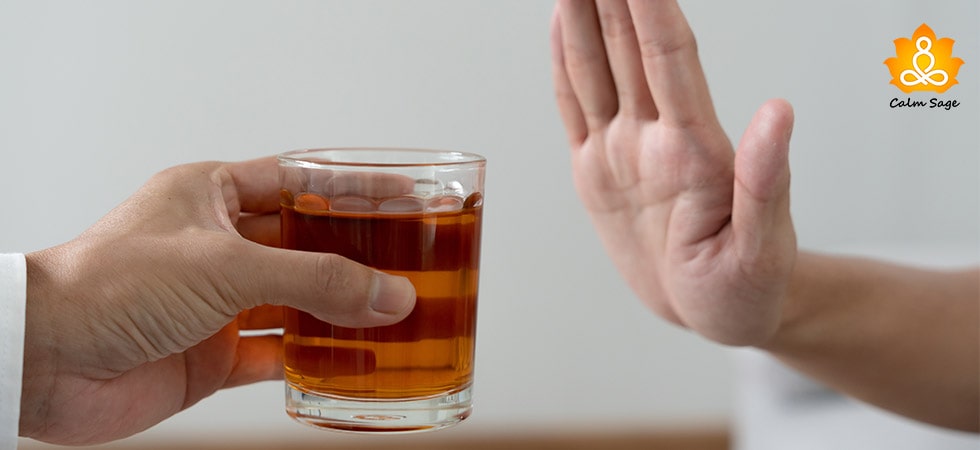What Is The Role Of Dopamine In Fueling Our Social Media Addiction?
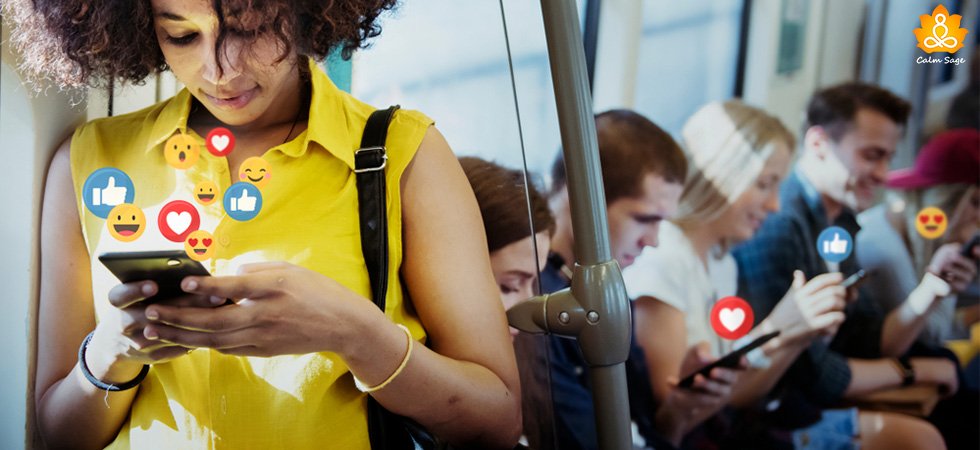
It’s not a secret that more and more people are getting addicted to social media and as our dopamine levels increase with every second we’re on social media, we are getting closer and closer to social media addiction.
Smartphones, social media, and dopamine. These three words go hand-in-hand. With every swipe up/left/right of notification, we get closer and closer to fueling our addiction. This digital dependency to find our next dopamine fix is affecting our lives and not in a positive way.
Just a few hours ago, I was scrolling through my social media and I kept telling myself that I’m getting some dopamine. But how valid is my excuse? How much am I willing to give up to get my next dopamine fix?
In this article, I’ll be explaining how digital media affects our lives and what role does the neurotransmitter, the happy hormone, and dopamine, plays in fueling our social media addiction.

Again, it’s no secret that we’re addicted to our smartphones. Whether we’re on our way to work, or school, or even to run some errands, we carry our smartphones with us. Many people feel naked without their phones on them and too many people not having their smartphone may cause them to panic.
Sure, we have all kinds of advantages when it comes to having a smartphone. We can order food to groceries, apparel to electronics, all with a click and from the comfort of our couch. To be honest, do we really use our smartphones for the reason they’re intended?
I don’t think so. Many people use smartphones to devour memes and pass their time scrolling through their Instagram or updating others on Facebook. Snaps and likes have become more important than hugs and smiles.
And we’re all aware of that. Telling ourselves that we’re not harming ourselves is just a poor excuse. When you should be working, you’re looking for your dopamine release by perusing funny memes or a post from your favorite celebrity on social media.
Dr. Anna Lembke, a psychiatrist with over 25 years of experience in treating addicts, in her new book Dopamine Nation, talks about how digital media is quickly becoming the way we seek validation and attention. With each swipe, like, snap, tweet – our addiction is being fueled.
With that in mind, the fun and happiness that we are eager to find on social media are causing us to disassociate with our real-life thoughts, connections, tasks, and creativity. In the last 20 or so years, digital media has risen and so has our dependency on it.
Related: The Psychology Behind Digitally Blocking and Unblocking
Dopamine: The Digital Drug

Addiction is not a simple disorder. It is a spectrum disorder that can affect our lives quite significantly. Even minor addictions such as digital media or social media can affect our day-to-day functioning.
In the past few years, the need for instant gratification has made us inseparable from our digital media. Our brains are accustomed to seeking encouragement from the quick scroll on our social media. This need to get our next dopamine fix is making us lose our focus on reality.
This addiction can be described as a behavioral addiction. That instant boost of happiness we crave and get from scrolling through social media is dopamine, the feel-good hormone getting activated in our brains.
This neurotransmitter is responsible for our pleasure and the moment we feel delighted by looking at a meme or a post, dopamine is released making us feel happy if only for a moment.
This gradual dopamine release is what makes us reach out to our smartphones (and by extension social media). To find pleasure. The more you seek dopamine, the pleasure, the more your urge to scroll social media is fueled. This cycle of going back and forth is what starts the addiction.
It is also important to note that it is not only the younger generations, the teenagers that are being affected by this. Older adults are also stuck in this cycle of getting their next dopamine fix.
Dr. Lembke says, “The higher the dopamine release, the more addictive the thing.”
We experience a high when we anticipate doing something pleasurable or when we engage in a pleasure activity – in this case scrolling through social media. This experience of being high is what makes us continue doing the activity.
When we reach the finish line, we experience a dopamine drop. This dopamine drop is when we say,
“Watch one more episode” “Read one more chapter” “Share one more meme”
This behavioral addiction has become an obsession. Because we crave instant gratification, we’ve begun living on our emotions rather than on rational thoughts. Letting ourselves rejoice in the dopamine rush that we get every time we check our social media, we have chosen to close ourselves off on thinking better and bigger.
How To Move On From Here?
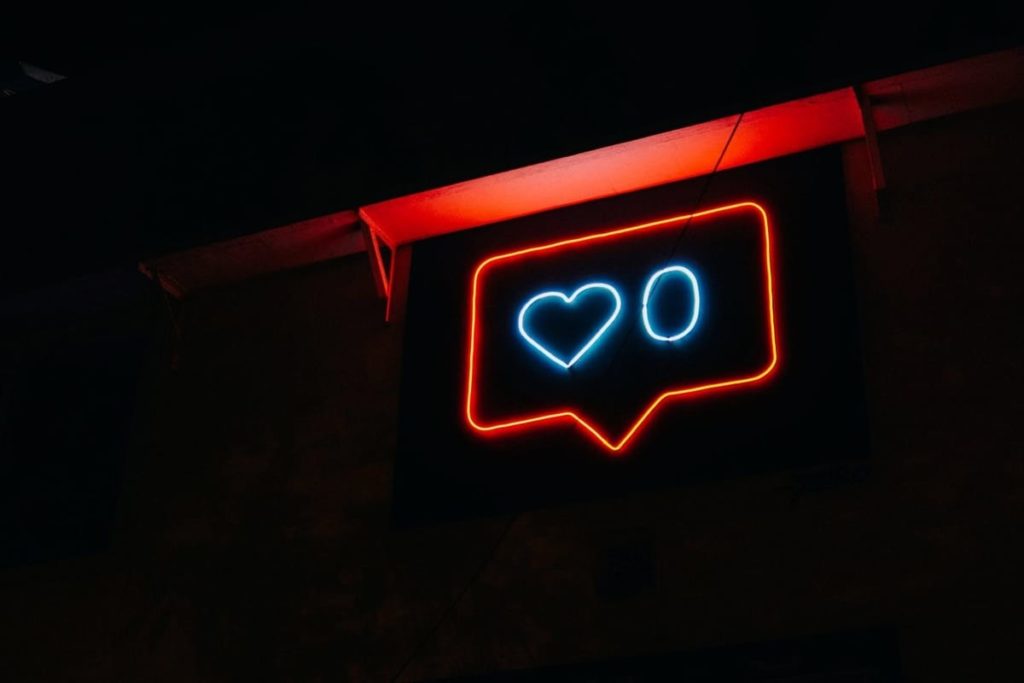
How does digital fasting sound? Painful? It might be at first but the benefits of it will stay with you in the long run.
FOMO or the Feeling Of Missing Out is real but after we let go of the initial panic of FOMO, we can learn better to understand our thoughts, reach our potentials, and find true happiness rather than a temporary one.
The goal isn’t to isolate ourselves from social media all at once, no. The point is to figure out how to enjoy the rush of digital media with balance. Sometimes, sitting still with your thoughts can be a good practice if you choose to do so.
Digital detoxes, mindfulness – these are all good practices but are they enough to help us with our social media addiction and to help us find our next dopamine release?
Dr. Lembke says that replacing pleasure-seeking activities with more challenging ones can help such as going on a run, talking to a friend in person, reading a book on self-help or philosophy, etc. Instead of getting a dopamine rush in anticipation, we experience it after doing the activities. Instead of choosing instant gratification, let’s seek pleasure slowly and gradually.
I know that the idea of not watching another episode or reading one more chapter or sharing one more meme can be hard to contemplate but once you’ve moved on, your mind will find delayed gratification as best as it does instant gratification now.
Social media on one hand takes up much of our time and it may make us forget about our real-life interests but did you know that with a smart app, you can control your phone usage and prevent social media from ruling your life?
Yes! With the Social Fever app, you can smartly and effectively manage your app time by setting timers and staying motivated to stay in touch with your real-life interests.
Let your mind wander, let your thoughts flow, let yourself break free from the mental and emotional struggles of digital media.
Life can be fun outside of social media too! Just choose to put your phone in a lockbox and enjoy the little things around you for your dopamine release.
[Also Read: The Social Dilemma: How Social Media Is Leading Our Lives]
If you’re struggling with coping with your addiction, we’re here for you! Let us know your concerns on info@calmsage.com or share your thoughts on the role of dopamine in fueling social media addiction in the comments below!
Found this article helpful? Do you have anything to add? Share in the comments section below.
Stay Safe! Take Care!






